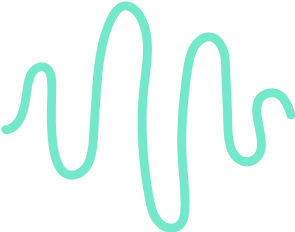Meeting Notes Template
.svg)
Management
.svg)
Meeting Information
.svg)
Agenda Items
.svg)
Discussion Points
Agenda Item 1: [Brief Description]
- Discussion:
- [Summary of key discussion points]
- Decisions Made:
- [Decisions made regarding this agenda item]
- Action Items:
- [Action Item] - [Responsible Person] - [Deadline]
Agenda Item 2: [Brief Description]
- Discussion:
- [Summary of key discussion points]
- Decisions Made:
- [Decisions made regarding this agenda item]
- Action Items:
- [Action Item] - [Responsible Person] - [Deadline]
Agenda Item 3: [Brief Description]
- Discussion:
- [Summary of key discussion points]
- Decisions Made:
- [Decisions made regarding this agenda item]
- Action Items:
- [Action Item] - [Responsible Person] - [Deadline]
Agenda Item 4: [Brief Description]
- Discussion:
- [Summary of key discussion points]
- Decisions Made:
- [Decisions made regarding this agenda item]
- Action Items:
- [Action Item] - [Responsible Person] - [Deadline]
.svg)
Next Steps
- Summary of Action Items:
- [Action Item 1] - [Responsible Person] - [Deadline]
- [Action Item 2] - [Responsible Person] - [Deadline]
- [Action Item 3] - [Responsible Person] - [Deadline]
- Next Meeting:
- Date: [Next Meeting Date]
- Time: [Next Meeting Time]
- Location: [Next Meeting Location or Video Conference Platform]
.svg)
.svg)
.svg)
.svg)
.svg)
.svg)
.svg)
.svg)
.svg)
.svg)
.svg)
.svg)
.svg)
.svg)
.svg)
.svg)
.svg)
.svg)
How to Take Effective Notes in a Meeting
Taking effective notes during a meeting is a crucial skill that can significantly enhance team productivity and communication. Here’s how to do it right:
Choose a Note-Taking Method
Selecting a suitable note-taking method is foundational. Options include the Cornell method, which divides notes into cues, main ideas, and a summary; the outline method, which organizes notes hierarchically; and the quadrant method, which separates notes into different categories like general points, action items, and questions
Standardize Your Format
Agree on a standardized format for note-taking within your team. This ensures consistency and makes it easier for everyone to understand and follow the notes, even if they miss a meeting. Using templates can help maintain this consistency.
Summarize Key Points and Action Items
Focus on capturing the main points, decisions made, and action items rather than writing everything down verbatim. This approach keeps your notes concise and ensures that they are action-oriented, facilitating better follow-up and accountability.
Engage in Collaborative Note-Taking
Encourage collaborative note-taking where team members can contribute in real-time. This method increases engagement and ensures that all critical information is captured, not just the perspective of a single note-taker.
Include Relevant Context
Ensure your notes include enough context to understand the reasoning behind decisions and action items. Attach relevant documents or links to provide a comprehensive reference tool for anyone reviewing the notes later.

Forget note-taking and
try Noota now
FAQ
In the first case, you can directly activate recording as soon as you join a videoconference.
In the second case, you can add a bot to your videoconference, which will record everything.
Noota also enables you to translate your files into over 30 languages.

.svg)
.svg)
